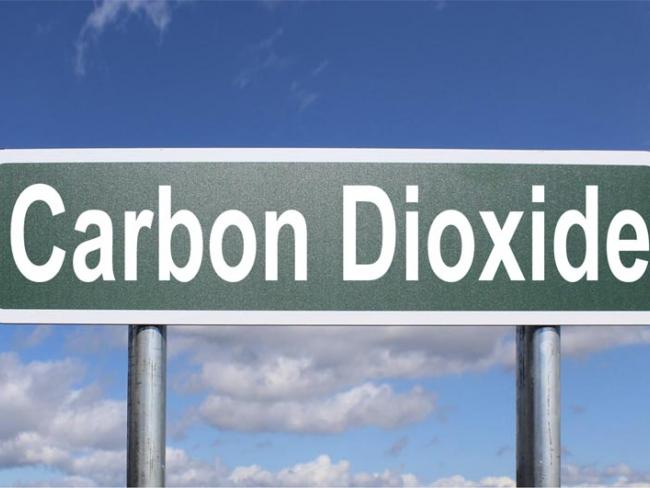
The government has announced funding of £22 billion for carbon capture schemes. Originally there were to be eight sites for capture and storage projects, but only three were announced, in Teesside and Merseyside.
Carbon capture is claimed to be an answer to reducing atmospheric carbon dioxide emissions. But industrial scale development has been hard to achieve.
Three earlier carbon capture projects have failed to see the light of day: BP’s 2005 plan for a gas power plant with CO2 storage near Peterhead was never more than a concept. Two years later a competition for projects collapsed after one of the bidders withdrew. In 2016 the Cameron government cancelled a £1 billion project on grounds of affordability.
The figure of £22 billion is about the amount of the financial “black hole” the new government claimed to have found in public finances on taking office. The carbon capture programme so far is predicted to create a mere 4,000 jobs – and that’s not certain.
Carbon capture aims to compress CO2 into liquid and store it underground, sometimes in disused oil and gas reservoirs. But there are still risks from leakage in the long term.
The National Audit Office warned in a report in July, before the latest announcement, that carbon capture technology is “nascent” and that new complexities will emerge.
Inevitably, capitalism has turned this into a market: on the voluntary carbon market, instruments which represent a tonne of CO2 can be traded. Companies creating emissions can buy credits and count these against their climate goals. The longer they promise to keep the CO2 locked away, the more expensive the instrument.
There are 42 carbon capture projects in operation worldwide. While ones in the oil industry manage to turn a profit, those that plan to store carbon permanently to reduce emissions have never been financially viable.
